Yoshta is an amazing berry culture obtained by crossing the gooseberry and black currant. This is a pretty new and little-known culture in our region, but every year the interest in it only increases, and many gardeners seek to plant Yosht on their summer cottage. Over the removal of the hybrid, several years have worked several generations of breeders from different countries. Their main goal was to reduce the number of spines in the gooseberry, increase the size of black currant berries, as well as to obtain a stable for many diseases of a frost-resistant plant with high yields. As a result of their long experiments, Yoshta was withdrawn - unpretentious shrub, with empty shoots, like in the currants and the lack of spines, like the gooseberry. Berries Yoshtychnyh, fragrant, with a large content of vitamin C. Among scientists are still disputing about that, Yoshta is a currant or, after all, the gooseberry? There is no unambiguous response, since the hybrid is endowed with the properties of both plants.
Yoshta - what is it? Brief history and photo of culture
The hybrid of the gooseberry and black currant yosh is relatively recently obtained - in 1970, thanks to numerous breeder experiments from Germany Rudolf Bauer. He managed to get a fruitful shrub, a berry culture, which possesses the best qualities of his "parents." It was decided to give a new plant the name, consonant with the first letters of the words "Smorodin", in German "Johannisbeere" and "Gooseberry", in German - "Stachelbeere", as a result it turned out an unusual name- Josta.
The new Yoshta berry, thanks to the unusual taste and unpretentious care, very soon became popular among the gardeners of Western Europe, and later Yoshta began to grow in our dackets.
Photo Yoshty
Yoshta - Plant Description
Yoshta is a long-term berry shrub, externally resembling a spread and powerful currant bush. A bush grows quickly, reaching the height above 1.5 meters and rake up to 2-3 meters wide, which is why yosht is often grown not only as a useful berry culture, but also as a luxurious vibrant hedge in landscape design. The main difference of Yoshta from the gooseberry is the complete absence on the branches of the barns. The shrub has a urine surface root system, which lies at 30-40 cm and practically does not form a horse piglet, so the shrub does not need regular trimming. 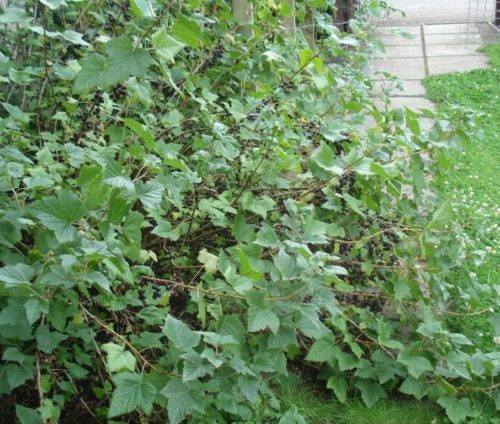
Dark green leaves of Yoshta in the form of similar to the foliage of the gooseberry, but much larger in size. The leaves are not falling for a long time and do not possess such a pronounced aroma as currant leaves.
Flowers plant beautiful, large yellow-green flowers. Flowers have a light gentle aroma, attractive to pollination by insects, although they are partially self-alphabet. 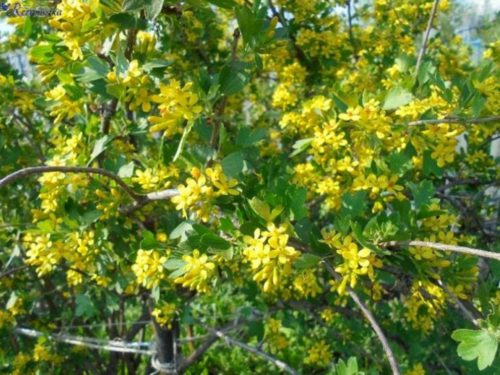
Yoshta fruits are black, with a light dark purple berry. Possess an acidic taste. Externally, the berries resemble large berries of black currant, but they are distinguished by the fact that long to stay on the branch and do not appear until the autumn itself. Berries have a bright amazing aroma, in which they recognize both hideberry notes and currant, and the fragrance of Muscat is also felt. The ripening time of Yoshta berries is the first numbers of August. Yoshta is rich in vitamin C, the content of which in the fruits of the plant exceeds the currant several times. In addition, they present pectin and organic acids that contribute to improved blood circulation and removal of heavy metals from the body. The fragrant berries are very useful to use in fresh form, and so they are harvested for the winter. After heat treatment, they do not lose vitamins and therapeutic properties. The first harvest with a bush planted for a permanent place is obtained by the 3rd year after the landing, the bush is plentifully fruits from 15 to 20 years. 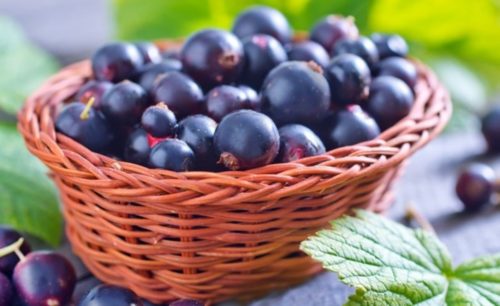
Sort Yoshty
After opening a hybrid, a new berry culture, experienced gardeners and breeders began to actively cultivate the plant and bring new varieties adapted to the conditions of climate and the peculiarities of a particular region.
EMB. The variety derived from the work of British breeders. His features:
- the shrub has an empty shape, reaching 2 meters in diameter, and in height - up to 1, 8 m;
- shoots - durable, powerful, do not need additional garter;
- leaves in shape similar to the gooseberry, large;
- berries are large, strong, their weight reaches 5 grams, to taste and appearance more resemble the gooseberry;
- the peculiarity of this variety is the resistance to the damage to the torment, rust, brown spot, by a spider tick as well as drought.
Crown. The variety of Yoshta, derived by Swiss breeders. His features:
- the bush is low, with straight dense shoots, on which there are no spikes;
- low-threatened grade, at dense scene of inflorescences, no more than 5 fruits are tied. On average, for the season, one bush gives about 3 kg of harvest;
- berries are medium or minor in magnitude, their weight up to 4 grams, externally similar to currant, during maturation they do not appear;
- this variety is not subject to many diseases that are peculiar to black currant and gooseberry.
Johilina. High-yielding grade, more and more gaining popularity in our region.
His features:
- the height of the shrub is about 1.5 meters, in diameter reaches 2 meters. The bush is scattered, gives a thick pig, which needs thinning, otherwise the fruits will be small;
- fruits largest small: medium or large, their weight can be from 5 to 12 grams;
- berry culture is resistant to diseases.
Rect. A variety of yoshite gooseberry, which has an attractive appearance and is used by summer houses, like a decorative bush, garden decoration. This variety is the result of the work of domestic breeders, taking into account the peculiarities of our climate, so the plant is steadily not only for diseases (mildew, anthracnose, web and budding), but also differs in frost resistance. His features:
- the shoots are powerful, reprehension, reach a height of up to 1.5 meters. Kuste scattered;
- the fruits are medium, up to 5 grams, possess a pleasant taste and aroma. Yield average;
- the plant prefers shaded areas of the garden, the leaves are burning, being under the right sunlight.
Yoshta, landing
Due to the fact that the parents of Yoshta are currants and gooseberry, agricultural plant growing plants, similar to these berry cultures.
Choosing a place and soil for landing
Yoshta grows perfectly in open areas of the garden, which are well lit by the sun. Shrub with powerful shoots, not terrible wind and drafts. The plant loves space and is growing actively, so it is necessary to take care in advance that there was a free zone for growth in it, the distance between the bushes during landing should be respected at least 1.5 meters.
To obtain high yields, it is worth putting yosh in fertile soil rich in potassium. Garden loaf soil will become an ideal option for planting a shrub. Less suitable for plants peat, sandy soils and areas located in the territory of dried swamps. In this case, it will take additional fertilizer of the soil and more attentive shrubs care to get a rich harvest. Experienced summer residents argue that yoshty yield increases if there is a crust or gooseberry bush.
Time landing Yoshty
It is possible to plant a shrub or early spring until it began to be down in shoots, or early autumn, in early September. When planting seedlings into the ground in the spring period, the root system of plants by autumn is well rooted and the first berries will appear in a year or two. If you put seedlings early in the fall, they, before the onset of the first frosts, have time to root and in a year they also begin to bring first fruits.
How to plant yoshta
If you decide to plant yoshta in the spring, then choose the landing site and prepare the pits already from autumn. The distance between planting seedlings should vary within at least 1.5-2 meters. If you want to use shrubs as a fruiting alive hedge, then the distance between the landings of 0.5 meters will be quite enough. Pit size 50 * 50 * 50. Drainage is placed on the bottom to prevent the roots of the root from excessive humidity.
In the pit it should be added so far cooked from:
- half a bucket of compost or humus;
- 0.5 l of wood ash;
- 100 g of superphosphate.
Add some kind of garden soil and fill this mixture with a hole, about a third of its total volume, then fill the pit with fertile soil and pour the water bucket. By the spring, the ground in the landing point will fall, it will only be enough to blow the bottom of the pit and put a seedling center into the center, not forgetting to gently straighten the roots. 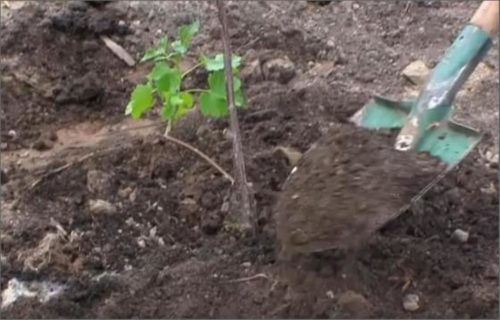
Put the seedling with the upper fertile layer of the soil, following the way emptiness remain in the ground, lose ground around the young shrub and paint the water bucket. After graze, the soil around the seedling is necessary to deceit a layer of humus, peat, dry straw or sawdust with a height of 5-10 cm. The final stage of the spring landing is a seedling cutting, leaving the escape of about 20 cm with a 2-3 kidneys.
If you have chosen for landing the Early Autumn, keep the same landing scheme as in the spring, only the pits should be prepared and easily support no less than 2 weeks before landing.
How to choose high-quality yosh seedlings
Buying Yoshty seedlings, it is necessary to carefully inspect the root system, as too dry, dehydrated, weathered roots, as they may not take care and the plant will die. Buying Yoshta is recommended in specialized places to be confident as a planting material and a stable variety yield in the future.
Rules for choosing a high-quality seedling Yoshta:
- Choose young seedlings that are faster and better coming up in a new place.
- Pay attention to the root system, it should be healthy, look fresh and moistened.
- The bark on the shoots should be smooth, and not wrinkled. Remove a small segment of the bark on the shoot.
- If a green surface is revealed under the crust - the seedling is dug quite recently and is viable if the surface has a brown shade - a seedling after planting can stop its growth and die.
- If you buy yosh in the fall, after the purchase, remove all the leaves on the branch, leave only the kidneys on the sinuses of the leaves.
- When transporting a seedling, carefully wrap the roots with a damp cloth and place in the package.
- If you have to sit down with a bought saplings, you turn it out in the shaded garden place. Drop the shallow, elongated groove, put a seedling in it under the tilt and sprinkle them so that the roots and half of the shoots are underground. Periodically water the shoots. Store seedlings in this form you can up to 3-4 weeks.
Yoshta, care
Yoshta is an undemanding culture, the care of which is the weeds of weeds, the removal of old shoots, watering and feeding.
Mulching soil
To prevent the growth of weeds around the shrub and reduce the amount of weeding, the soil under it must be mulched. In addition, the mulch contributes to the preservation of moisture, prevents its rapid evaporation. Peat or humus is suitable as a mulch. The required number of organic works for each bush - up to 20 kg.
Undercabe bush
After landing, Yoshta in the country, shrub every year it is necessary to feed mineral fertilizers. In the first 3 years, 30-40 g of superphosphate and 20 g of potassium sulfate are used to fertilize the soil. Starting from the 4th year of life, the amount of potassium sulfate increases 25 g, and superphosphates are reduced by adding no more than 30 g per m² into the soil.
In the fall, yoshty feed the wood ash in the amount of 0.5 banks.
Watering
Yoshta is a moisture of berry culture, so the maintenance of moisture is an important shrub departure. The lack of moisture in the ground leads to a delay in the growth and development of the plant. Water consumption - 20-30 liters of water on m². Watering a shrub better in the morning clock or late in the evening. For watering, use circular grooves, depth to 15m. Spread them preferably by 30-40 cm from the projection of the crown.
Trimming Yoshty
Spring shrub needs sanitary trimming. Remove broken and damaged sick branches. They must be shortened to a healthy area on escape. Implementation of sanitary trimming is needed before the downstream. Forming crown cutting, shrub is not needed. But, after reaching the branches of the age of 7-8 years, from it is recommended to shorten so that 6 healthy kidneys remained on the shoot. In the fall, after leaffall, re-sanitary trimming, removing damaged shoots, healthy branches must be shortened by 1/3.
Reproduction of Yoshty
For reproduction of the hybrid, vegetative methods are used: reproduction with tanks, cuttings and the division of the bush.
Bust division
In the fall, if necessary, transplant the bush to another place, you can propagate a shrub method by dividing the bush. After digging the bush, clean the roots from the ground and the sharp knife divide the root, leaving several healthy shoots on each side. Fresh root sections should be treated with crowded activated carbon. Received Dellets are ready for landing for a new place.
Digging
This method of breeding is used in spring when the soil has managed to warm well. It is necessary to choose healthy, developed shoots and put them in specially prepared shallow grooves (depth of 10 cm). The branches are fixed with metal hooks and the ground is sprinkled. The rooting of the messengers occurs within 1-2 months.
Cherenca
To multiply yoshty cuttings, two ways are used: rooting green cuttings or semi-respens. For this method of vegetative reproduction, the perfect period is an early autumn so that the crushed cuttings have managed to root and fall.
For the billet of the cuttings, choose the overwhelmed two-year shoots with 5-6 kidneys, cut the cutlets with a length of up to 20 cm, the slice should be oblique. Unbearable green tops of shoots for breeding are not suitable. The resulting cuttings are planted into the ground at an angle of 45 º at a distance of 60-70 cm. It should be noted that only 2 kidneys should remain above the ground, and the lower should be located at the level of the ground surface. Seal soil, pour the cuttings and inspire peat. Periodically water the cuttings, loose soil and remove weeds around a young seedling.
Yoshta: Diseases and pests
Despite the fact that Yoshta is a hybrid-resistant and attack of pests, some parasites are still attacking the shrub and do not allow dacnishes then the amount of crop that they expected. What pest attack is inclined by Yoshta?
- Gray budding weevils - insects, annoying fruit and berry cultures, OI are taught not yet blossomed kidneys, and later lintures, buds. The only measure of the fight against the weevil is spraying a shrub during the dissolution period of the kidneys, for this uses pyreteroid or nononicotinoid chemicals.
- Peelers - feed on a young greens, leaving only a streak. Adults are collected by hand, as well as spray antobacterin biological preparations.
- The king tick is pest inside the kidneys and leaves. Damaged parts of the plant acquire a characteristic motley color. It is recommended to cut branches damaged by the kidney tick.
As for diseases, Yoshta is practically not susceptible to diseases characteristic of black currant, as it has a strong immunity. If you still notice that leaves or shoots are damaged by fungal diseases, they must be fungicides, such as Fundazole, Bayleton, Topaz.
In addition to the value of Yoshta, as useful for the health of the berry culture, the daccias rated her decorativeness and are successfully used to decorate their plot. Large spreader bushes are a wonderful livestock. 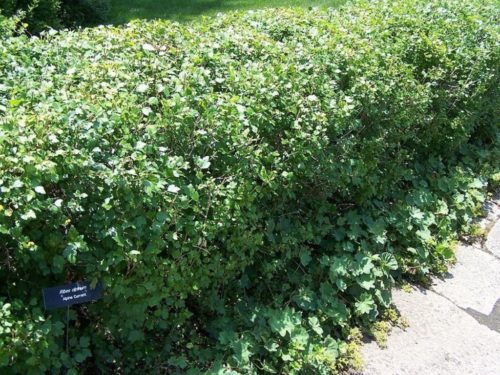
Buckets Yoshs are planted into the line at a distance of half meter from each other. Yoshta can decorate a garden like a single shrub, as well as in the composition of mixed border landings. 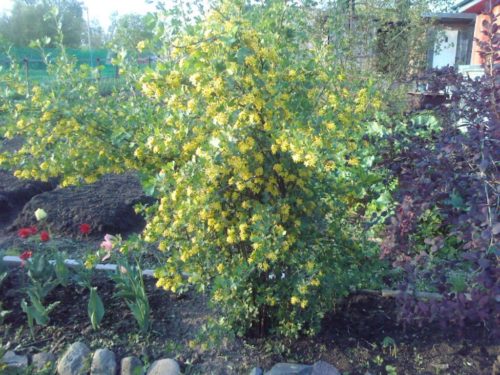
Reviews about Yoshta have a wide variety of. There are those who are in complete delightenly from the aromatic acidic to the taste of berries and from unpretentiousness in the cultivation and care of the plant, others believe that the hybrid, possessing low yield, is not advisable to plant in the country. I decide to plant a bush of Yoshta, choose high-yielding varieties adapted to the climatic conditions of your region and in the near future amazing yoshta will delight you with a fragrant useful harvest and decorate the garden with a luxurious view.

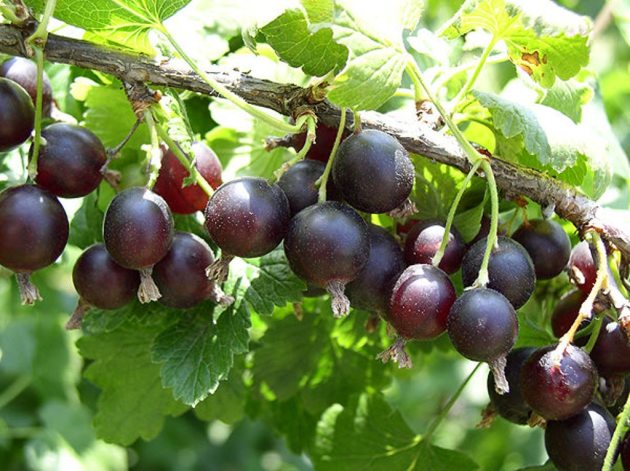

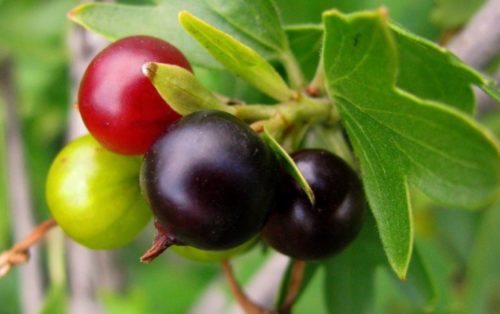
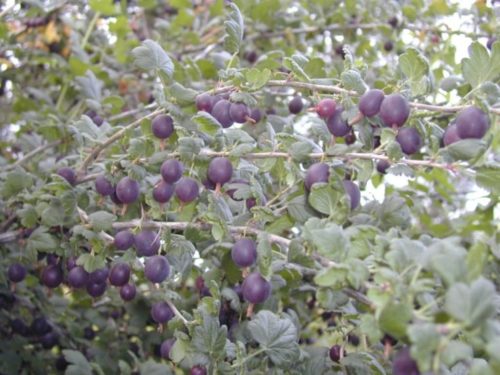
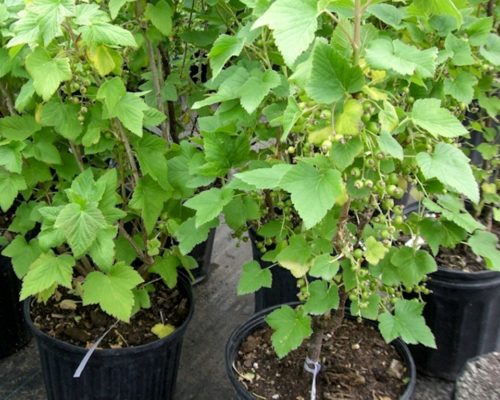
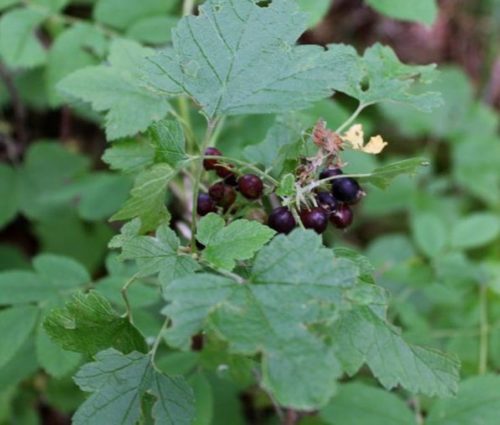
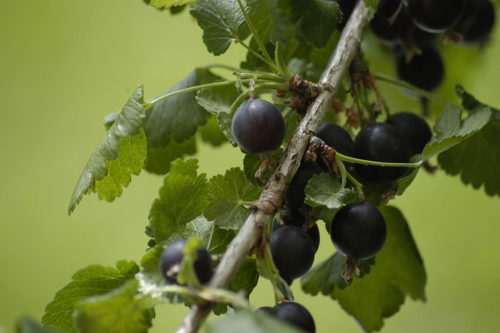
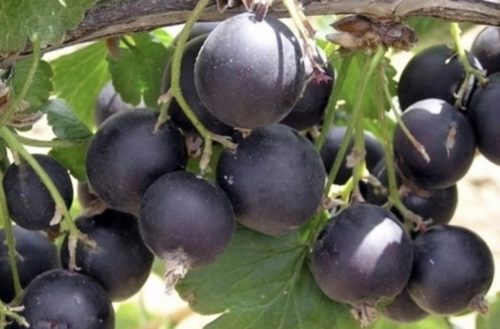
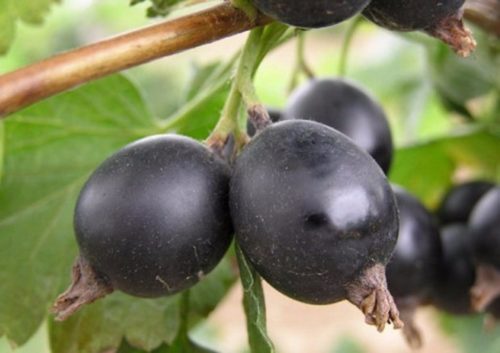

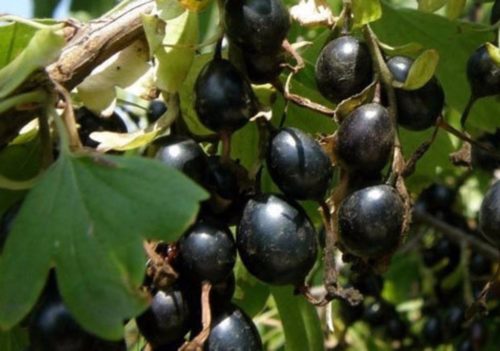
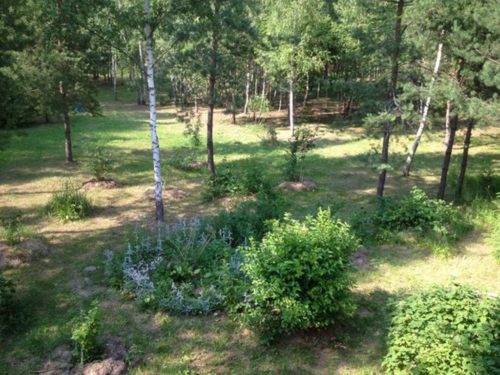
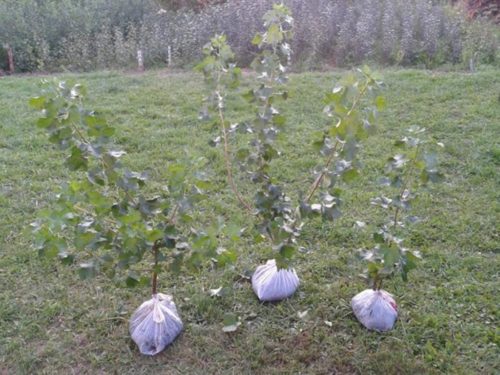
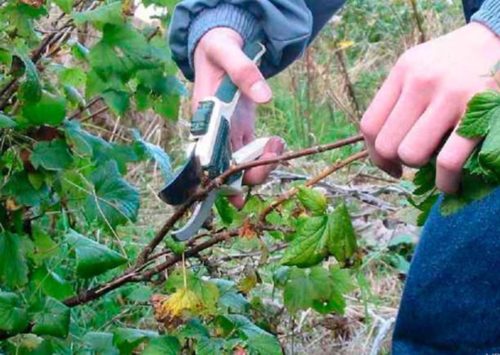
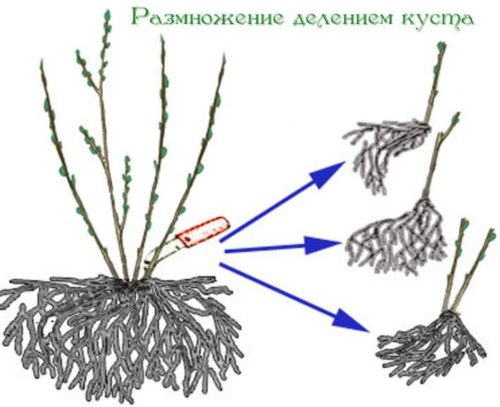
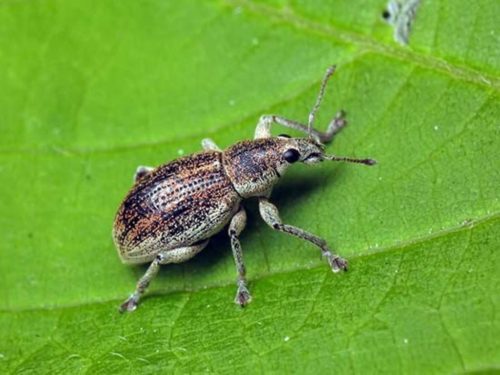
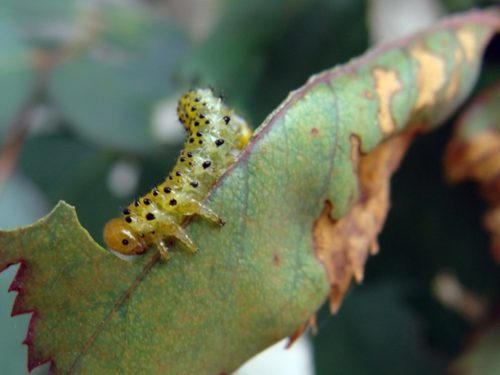
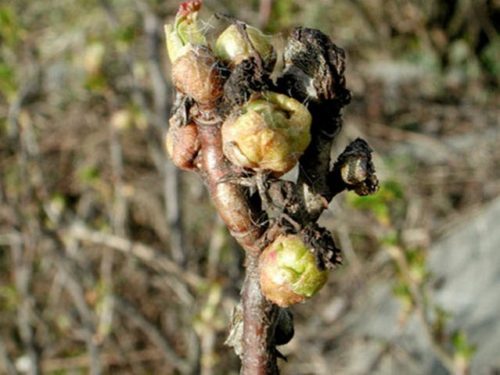












 Start a discussion ...
Start a discussion ...